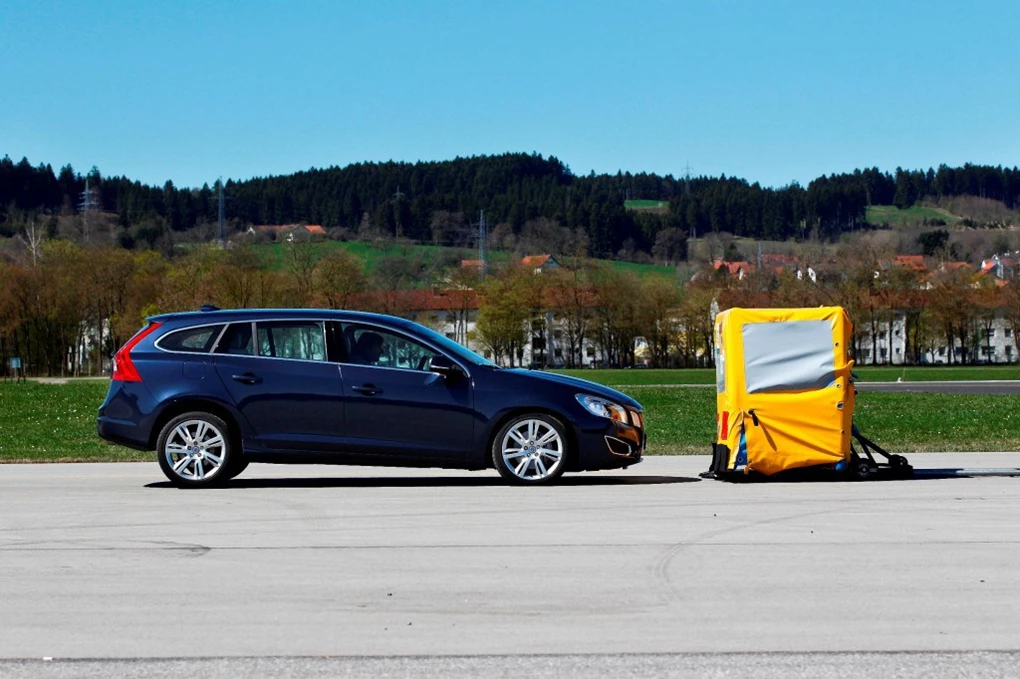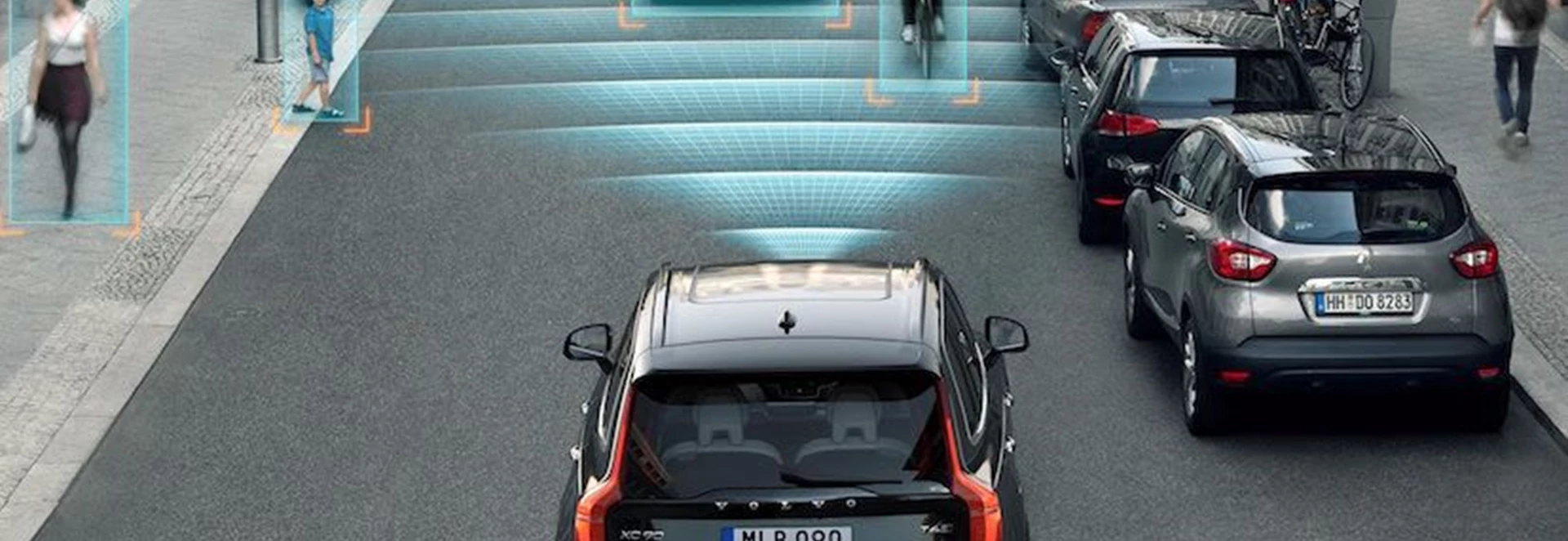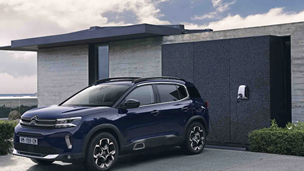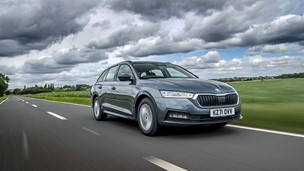One of the most significant developments in road safety in recent years has been the introduction of AEB, or Autonomous Emergency Braking, to mainstream cars. It’s what’s known as a ‘Level 2’ autonomous system, where the car takes over some of the driving input from the person at the wheel.
It is seen as a major step forward in both road safety and also a major stepping stone on the pathway to fully autonomous vehicles.
What is AEB?
AEB works on a LIDAR system – Light Detection and Ranging – from a combination of radar and camera systems to detect obstacles in its surroundings and applies the car’s brakes automatically if it senses an imminent collision and the driver has failed to do so.
There are a few different systems on the market, including those that work at low speeds only such as VW Group’s ‘Traffic Jam Assist’, which controls the car in slow traffic, to full emergency stop systems such as Volvo’s, which can help limit the consequences in situations such as a driver falling ill at the wheel.

Where does it come from?
AEB systems have been around longer than you think, but have only recently been licensed for full autonomous use. The technology existed in the car market back in the early 2000s, with cars such as the Jaguar XJ and Mercedes S-Class featuring Adaptive Cruise Control, which used radars built into the car’s radiator grille to automatically apply the brakes if the system sensed that the driver was getting too close to the car in front.
More advanced systems were subsequently trialled in HGVs to great success and have since become commonplace, as rear end collisions among trucks are often fatal.
How does it work?
Depending on which system you have, AEB uses a range of sensors around the car, including cameras and radar systems in the front and rear bumpers, radiator grille, tailgate and rear-view mirror. Basic systems work around other traffic, while more advanced ones can also help spot pedestrians, cyclists, horses and even vehicles crossing the rear of the vehicle when backing out of spaces.
More recently, Audi was the first company to introduce heat-seeking cameras, which can detect wildlife and pedestrians hiding in the undergrowth.

Why should I choose it?
Put simply, it could save a life – yours, or another road user’s – or even several. We’re all human, therefore we’re all capable of making mistakes. As an active safety system, AEB may see something that you don’t and in doing so it’ll help prevent you from having an accident. The responsibility still lies with the driver, though, and it’s not a fully autonomous function. It is, nevertheless, a huge technological leap forward.
It will also have a positive impact on your car insurance policy – cars equipped with AEB are considered significantly lower risk by insurers.
Which cars have it as standard?
At present, Volkswagen is the only manufacturer to offer AEB as standard across the range, but companies such as Volvo and Mercedes-Benz already offer it on most of their models. However, it is set to become a pre-requisite for a five-star Euro NCAP rating within the next 12 months, so expect it to be standardised on most cars very soon. That can only be a good thing.




